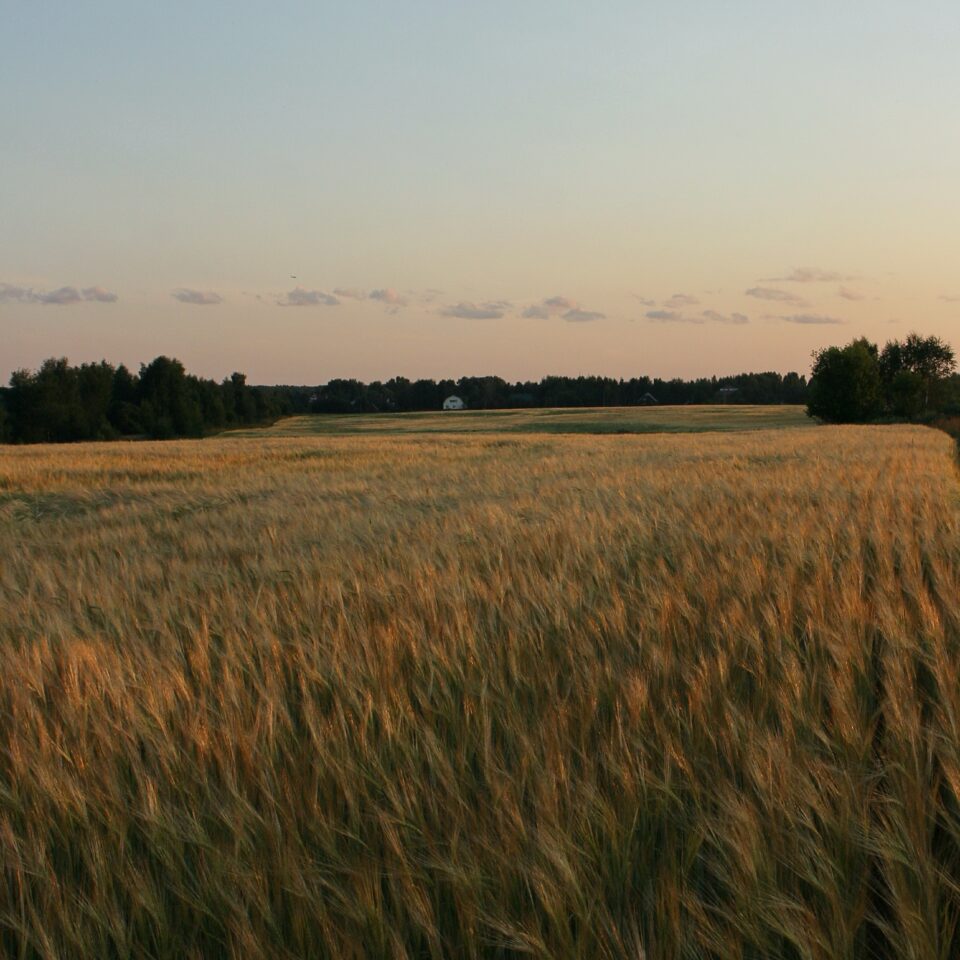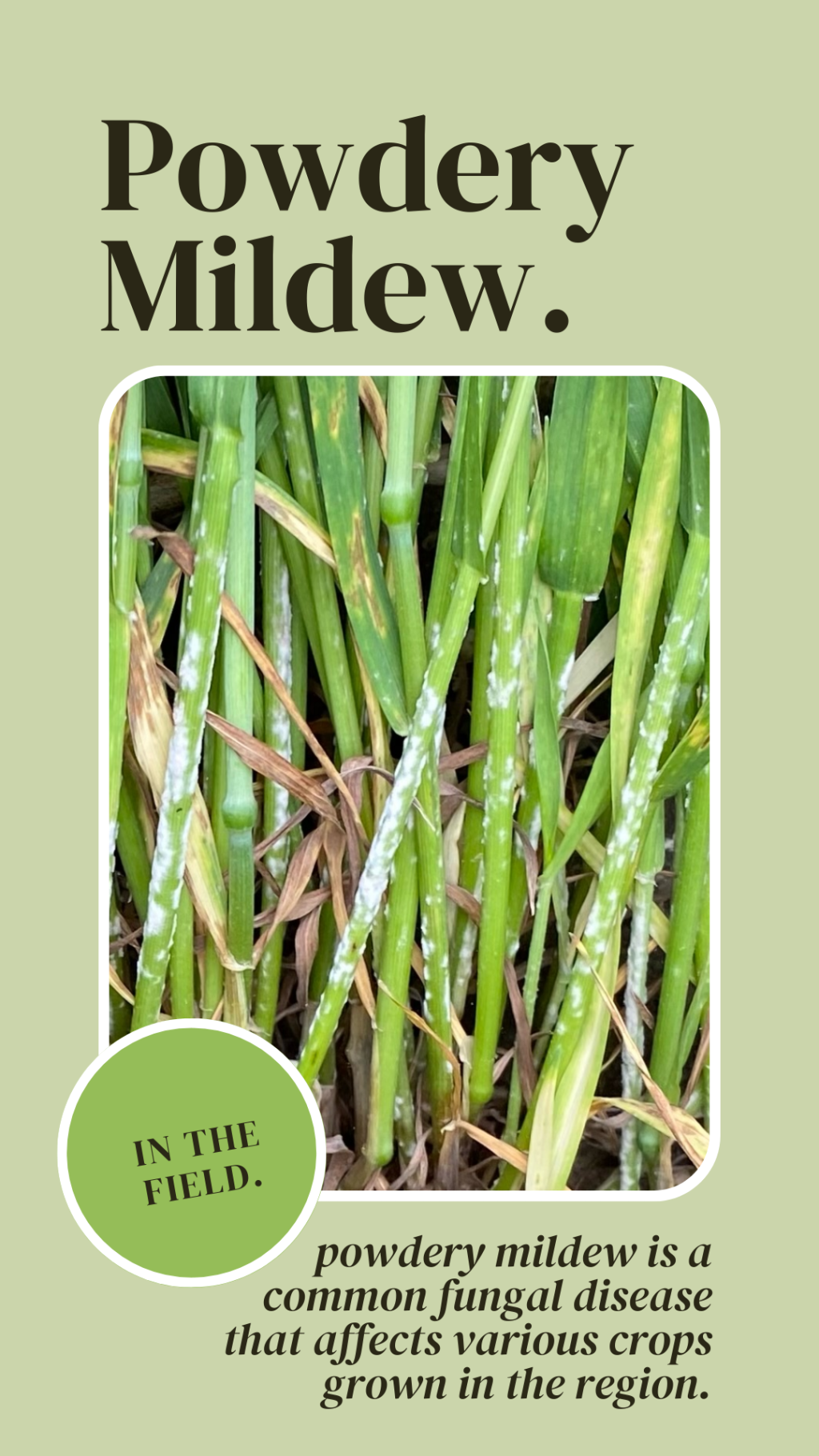

The Sylvite Team has been out in the field and wanted to make you aware of a disease they are seeing over and over, “Powdery Mildew”.
To manage powdery mildew you can employ several strategies:
- Crop rotation: Implementing a crop rotation system can help reduce the incidence of powdery mildew. Avoid planting susceptible crops in the same area for consecutive years, as this can allow the disease to persist in the soil and on plant debris.
- Resistant varieties: When selecting crop varieties, choose those that have been bred or selected for resistance to powdery mildew. Resistant varieties can significantly reduce the impact of the disease.
- Proper spacing and pruning: Providing adequate spacing between plants promotes better airflow and reduces humidity levels, which can inhibit the growth of powdery mildew. Regular pruning of dense foliage can also help improve air circulation and reduce disease pressure.
- Irrigation management: Avoid overhead irrigation methods that wet the foliage and promote the spread of powdery mildew. Instead, use drip irrigation or other targeted watering techniques that deliver water directly to the plant roots.
- Fungicide application: Consult your local Sylvite Agronomist to determine the most suitable fungicides and application timings for your specific crops. Follow all label instructions and adhere to local regulations for pesticide use.
- Monitoring and scouting: Regularly inspect plants for the early signs of powdery mildew, such as the characteristic powdery white growth on leaves and stems. Early detection allows for timely intervention and prevents the disease from spreading.
Have you spotted powdery mildew in your field? What strategies have you employed to remedy it?